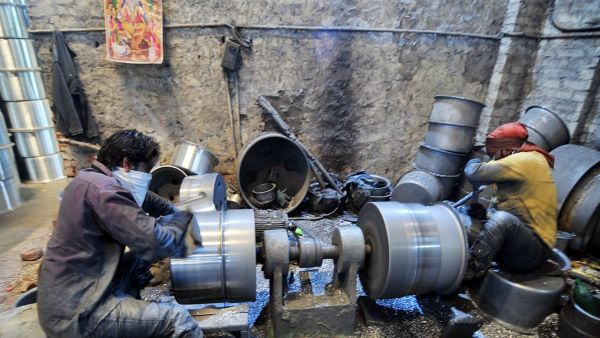
GST 2.0 is set to almost triple the share of items taxed at 5 per cent, rising from 54 consumption categories under GST 1.0 to 149 categories under GST 2.0, as per a recent study by FICCI CASCADE. For rural households, the share of exempt and merit goods in their consumption basket will rise sharply from 56.3 per cent to 73.5 per cent. For urban households, this share is expected to rise from 50.5 per cent to 66.2 per cent.

As a result, effective GST incidence for rural families is assumed to fall from 6.03 per cent to 4.27 per cent, while for urban households it will reduce from 6.38 per cent to 4.38 per cent. This means more disposable income in the hands of consumers. The report estimates that these shifts will generate savings of Rs. 58 to Rs. 88 per person per month, which in turn will fuel discretionary spending on services, retail, and local businesses.
Federation of Indian Chambers of Commerce and Industry's Committee Against Smuggling and Counterfeiting Activities Destroying the Economy (FICCI CASCADE) in association with the Thought Arbitrage Research Institute (TARI), in its new study, affirms that GST 2.0 marks a landmark reform, reshaping India's indirect tax system to directly improve ease of living for households and ease of doing business for enterprises.
Anil Rajput, Chairman, FICCI CASCADE, said, "These reforms, once implemented, will have far-reaching implications, in not only easing the tax burden across commodities but also reducing the incentive for illicit trade by narrowing the price gaps that encourage it. Such measures will reinforce GST's potential as both a growth enabler and a safeguard against the parallel economy."
For businesses, especially MSMEs, GST 2.0 will introduce rationalised rates that address distortions caused by the inverted duty structure. The study shows that sectors critical for rural employment and manufacturing are now subject to lower, more rational rates.
GST 2.0 will bring a digital-first approach, featuring risk-based assessments, automated real-time refunds, and quicker dispute resolution through the newly established GST Appellate Tribunal (GSTAT). For an e-commerce seller or MSME exporter, this will mean quicker access to refunds, fewer disputes, and a smoother experience of formalisation.
The study estimates that GST 2.0 will result in a short-term revenue loss, the report emphasises that the broader consumption boost, improved compliance, and wider coverage will offset the loss over time.
While the report lauds GST 2.0 as a landmark reform, it also points to areas requiring vigilance. The introduction of a third 40 per cent slab for demerit goods, particularly tobacco, risks perpetuating illicit markets. (ANI)
(Except for the headline, this story has not been edited by Asianet Newsable English staff and is published from a syndicated feed)